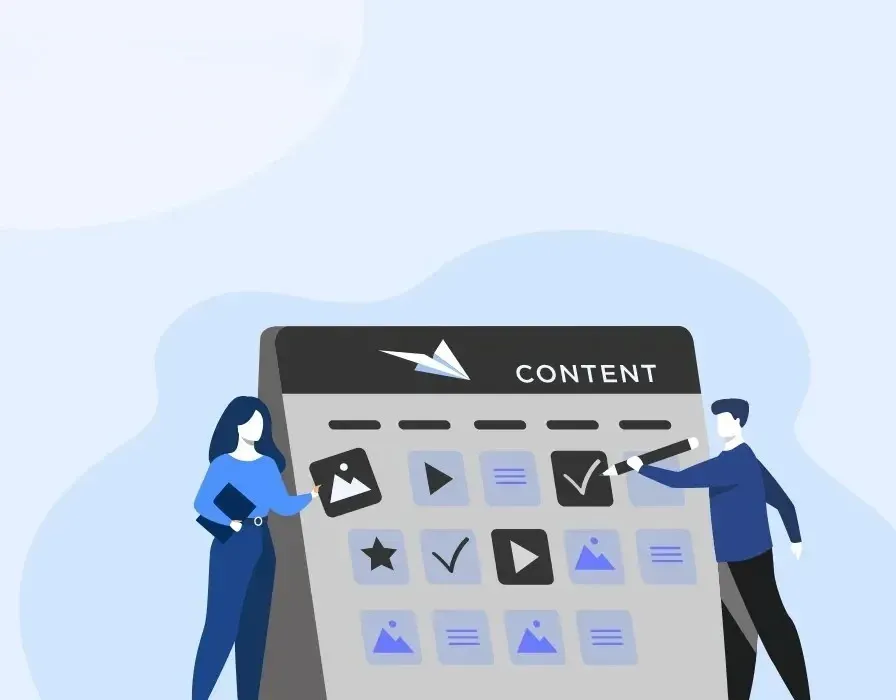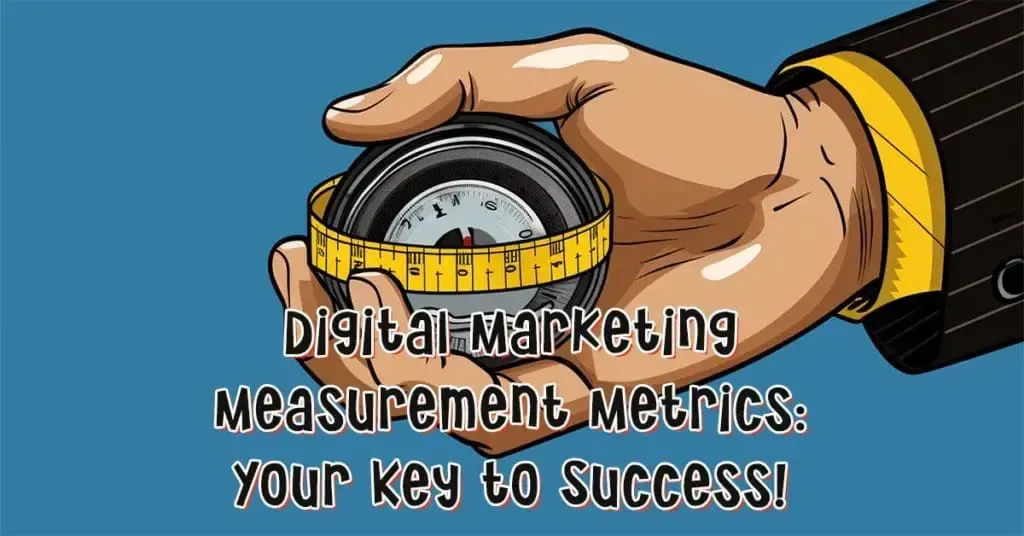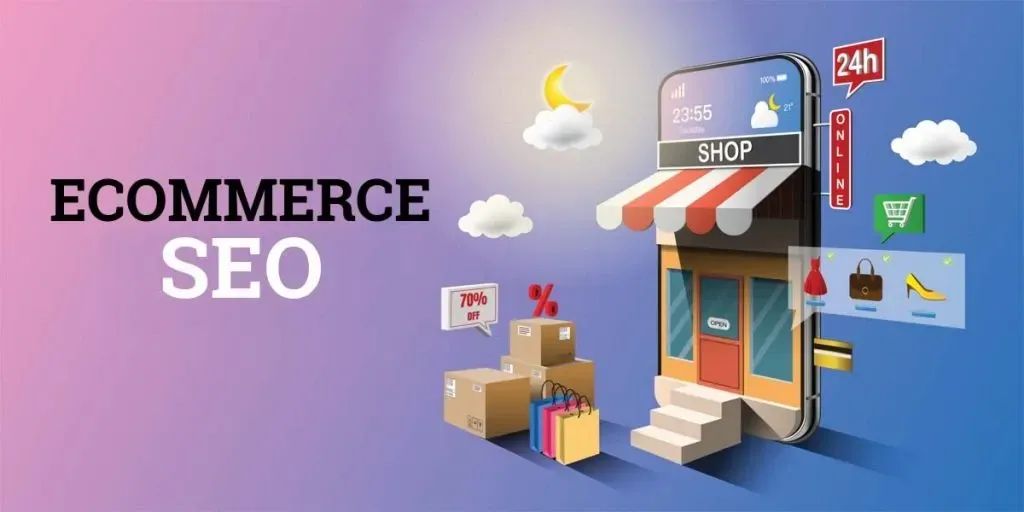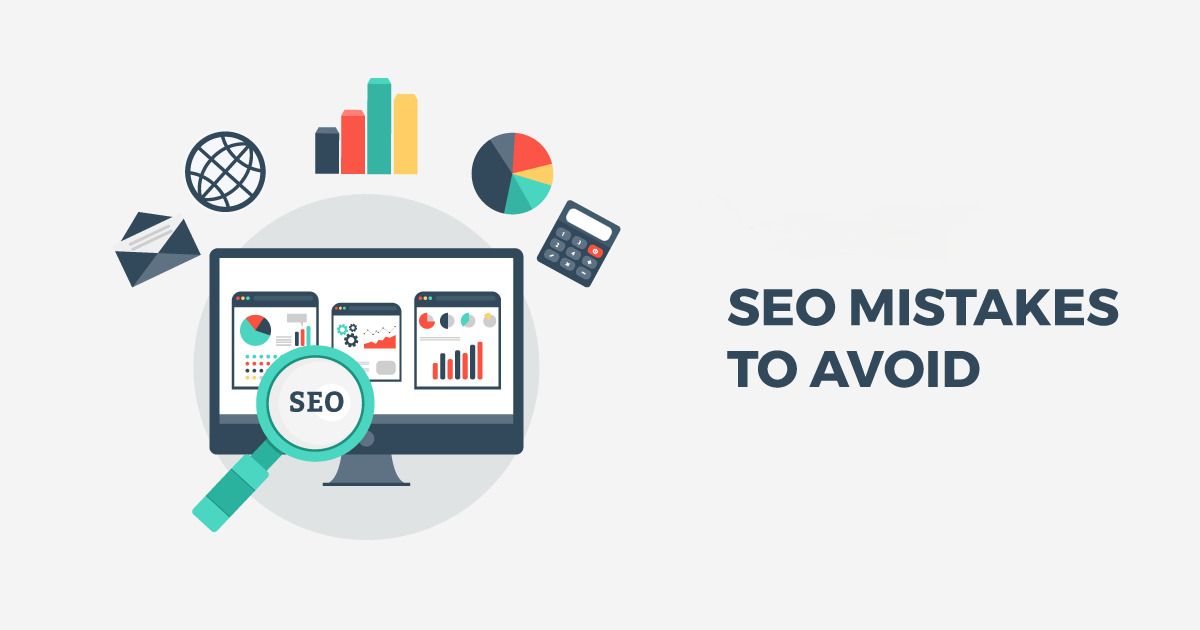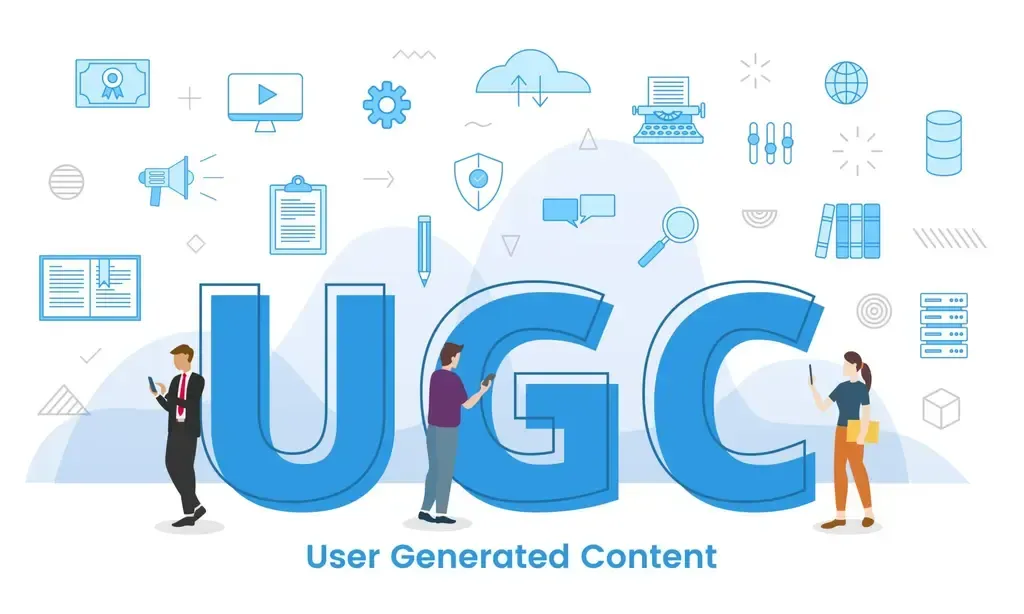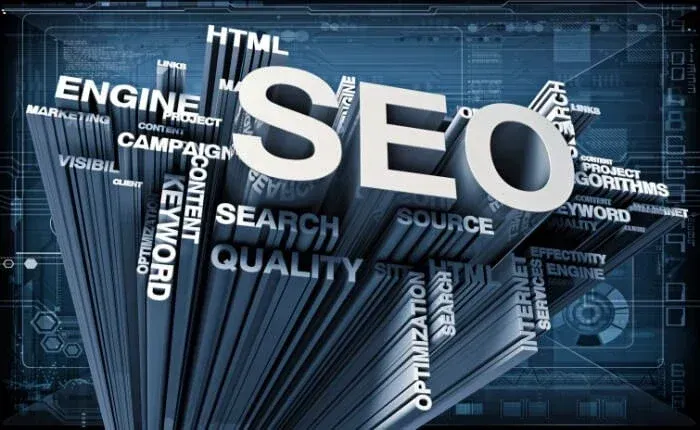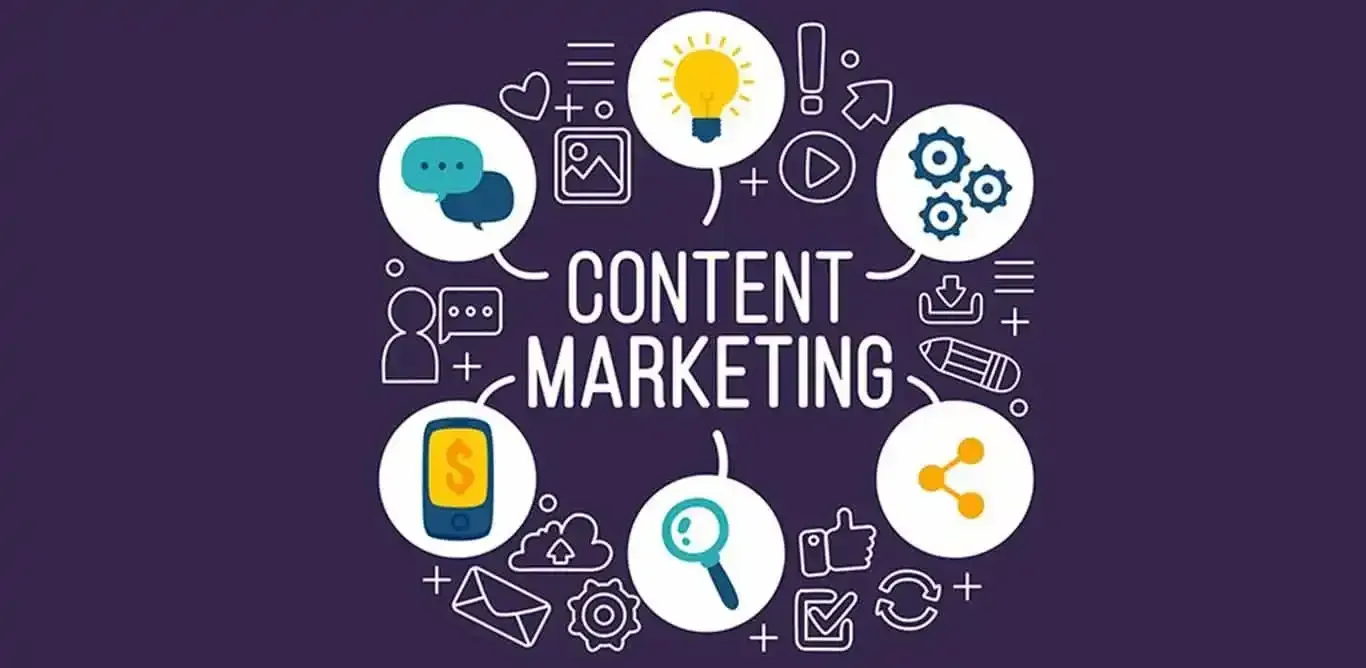How Does SEO Impact Conversions Compared to PPC?
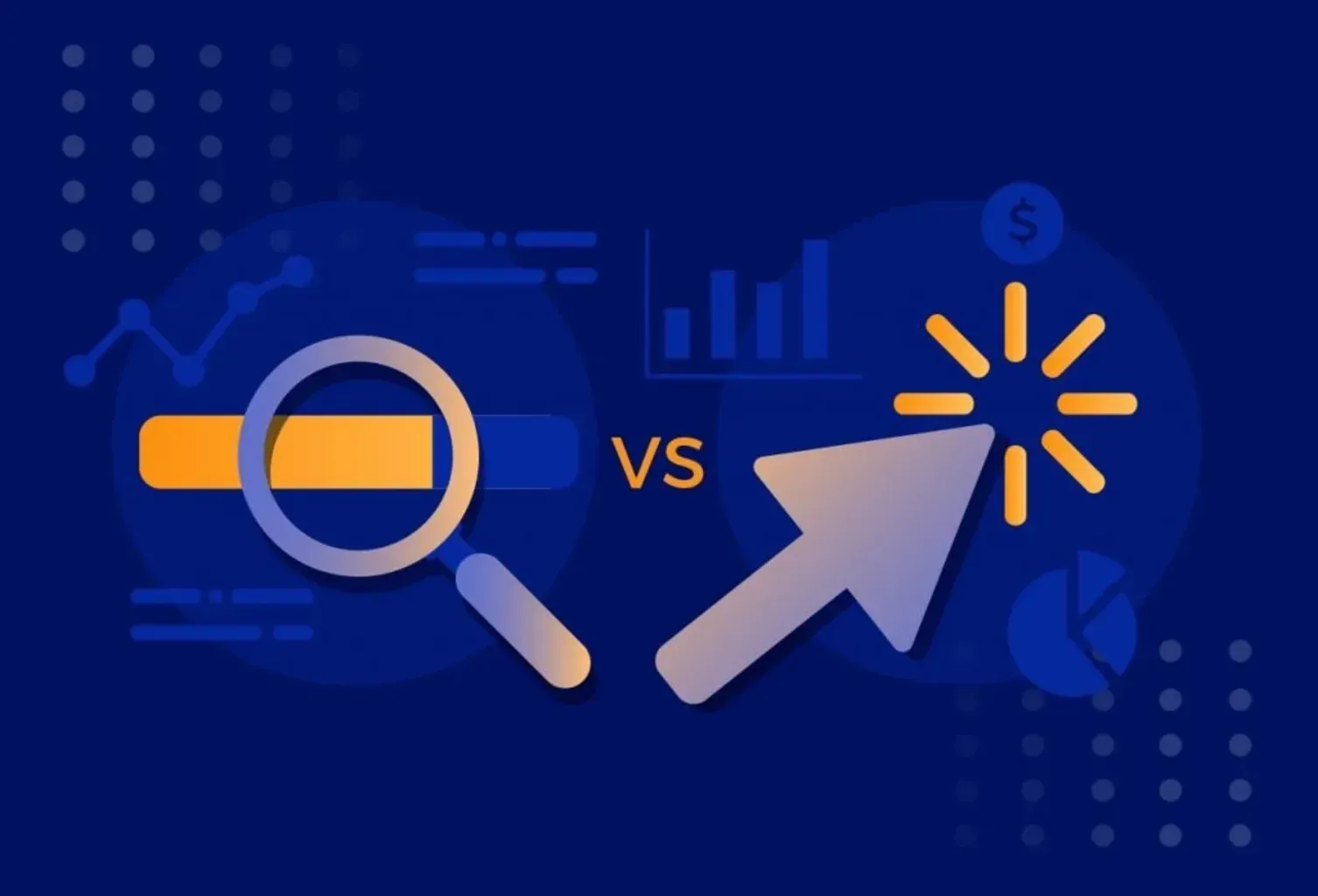
SEO vs. PPC: Impact on Conversions and Choosing a Strategy
In the digital marketing landscape, two strategies consistently dominate conversion-focused discussions: Search Engine Optimization (SEO) and Pay-Per-Click advertising (PPC). While both aim to increase website traffic and conversions, they operate through fundamentally different mechanisms with distinct advantages and limitations.
Understanding Conversion Dynamics: SEO vs PPC
When examining SEO impact on conversions against PPC conversion rates, we must first acknowledge their different approaches to capturing user attention.
SEO focuses on optimizing your website to rank organically in search results, building credibility and trust over time. This process involves creating high-quality content, optimizing technical elements, and earning backlinks from reputable sites. Meanwhile, PPC places your ads at the top of search results immediately, targeting specific keywords with precision through auction-based bidding systems like Google Ads. This fundamental difference shapes how each strategy influences your conversion funnel.
The Road to Conversion: Organic Traffic vs Paid Clicks
SEO Conversion Pathways
One of the primary search engine optimization benefits is the quality of traffic it generates. Users who find your site through organic search results typically:
- Have higher intent alignment with your offerings
- Trust your content more (71% of consumers distrust paid ads)
- Spend 2.6x more time on-site compared to PPC visitors
- Explore more pages per session (average of 3.3 vs 2.1 for paid traffic)
- Return more frequently, with 23% becoming repeat visitors
Organic traffic conversion rates tend to improve over time as your content authority builds. While initial conversion rates may start lower (around 2-3%), established SEO campaigns often achieve 4-6% conversion rates for commercial queries. What's even more compelling is that conversion quality—measured by average order value and customer lifetime value—tends to be significantly higher from organic traffic compared to paid sources.
PPC Conversion Dynamics
Pay-per-click advantages center around immediacy and precision targeting. PPC allows you to:
- Target high-intent keywords specifically
- Display ads to precisely defined demographic segments
- Appear instantly for competitive terms where organic ranking would take months
- A/B test different messaging approaches rapidly
- Implement dayparting to show ads only during high-conversion periods
PPC ad performance metrics reveal average conversion rates between 3.75% for search ads and 0.77% for display networks. However, these rates vary dramatically based on industry, with financial services seeing rates as high as 9.09% while advocacy campaigns might see just 1.96%.
Advanced PPC strategies like remarketing to previous site visitors can boost these rates substantially, with some campaigns achieving 10-15% conversion rates through hyper-targeted remarketing efforts.
Tracking Success: Metrics That Matter
SEO Conversion Tracking
SEO conversion tracking presents unique challenges compared to PPC. Since organic traffic builds gradually, attribution becomes more complex. Key metrics to monitor include:
- Organic landing page conversion rates
- User journey analysis (pages per session before conversion)
- Time-to-conversion from first organic visit
- Branded vs. non-branded organic conversion differences
- Conversion path length and touchpoints before purchase
- Device-specific conversion patterns for organic traffic
Successful SEO campaigns typically see conversion improvements of 10-15% year-over-year as content authority and relevance increase. Many businesses find that implementing structured data markup can further enhance organic click-through rates by 30-50%, indirectly boosting conversion volume through increased qualified traffic.
Measuring PPC Campaign Effectiveness
PPC campaign effectiveness metrics offer more immediate and granular insights. Critical measurements include:
- Cost-per-click (CPC)
- Click-through rate (CTR)
- Quality Score
- Conversion rate by ad group/keyword
- Return on ad spend (ROAS)
- View-through conversions for display campaigns
- Post-click engagement metrics (bounce rate, time on site)
The direct relationship between spend and results makes PPC performance highly measurable, with most platforms offering robust analytics dashboards. Advanced attribution models like position-based or data-driven attribution provide deeper insights into how PPC influences the customer journey, even when it's not the final touchpoint before conversion.
The Timeline Factor: Immediate Results vs. Long-Term Growth
Immediate Results with PPC
Perhaps the most compelling aspect of immediate results with PPC is the ability to generate conversions from day one. New businesses can establish market presence instantly, while established brands can support product launches or promotions with precisely timed campaigns.
However, this immediacy comes at a cost. The average cost-per-click across industries ranges from $1.16 to $6.75, with competitive sectors like legal services reaching as high as $6.75 per click. This cost structure means that PPC campaigns require continuous investment—once the budget depletes, visibility and conversions cease immediately. For businesses with limited marketing budgets, this creates a significant sustainability challenge that must be addressed through careful campaign optimization.
Long-Term SEO Strategy
A long-term SEO strategy builds sustainable traffic that continues delivering conversions with minimal ongoing investment. While initial results take 3-6 months to materialize, the compounding effect of content authority creates lasting value.
Research shows that top organic positions receive 31.7% of all clicks, with the top three results capturing 75.1% of all clicks. Achieving these positions requires patience but delivers exceptional long-term ROI. The most successful SEO strategies focus on creating comprehensive content hubs that address user needs throughout the buyer's journey, from awareness to consideration to decision stages.
Content longevity represents another significant advantage—well-optimized content can continue driving conversions for years after publication. Case studies show that cornerstone content pieces often generate 60-70% of total organic conversions, with some high-performing articles continuing to drive meaningful business results 3-5 years after initial publication with minimal maintenance.
Financial Considerations: Comparing Investment and Returns
Cost Per Conversion: SEO PPC Comparison
When analyzing cost per conversion SEO PPC metrics, the investment models differ significantly:
PPC Costs:
- Direct cost-per-click payments
- Campaign management fees
- Landing page optimization
- Ad creative development
- Bid management software costs
- Quality score optimization resources
Average cost-per-conversion ranges from $20-$80 across industries, with financial services averaging $81.93 and technology seeing around $54. Critically, these costs remain relatively constant throughout campaign lifetimes, creating predictable but ongoing expenses for maintaining conversion volumes.
SEO Costs:
- Content creation and optimization
- Technical website improvements
- Link building activities
- Ongoing content maintenance
- User experience enhancements
- Analytics implementation and monitoring
While SEO requires consistent investment over 6-12 months before significant returns, mature SEO campaigns typically achieve costs-per-conversion 61% lower than PPC in the same industry. A longitudinal analysis of B2B companies showed that after 24 months of investment, SEO cost-per-conversion averaged just $15-$30 compared to PPC's $40-$96 in the same markets.
SEO vs PPC ROI
When calculating SEO vs PPC ROI, timeframe becomes critical. PPC delivers faster initial returns but suffers from:
- Diminishing returns as competition increases
- Required continual investment to maintain visibility
- No residual value when campaigns pause
- Vulnerability to sudden cost increases during competitive bidding wars
SEO demonstrates improving ROI over time:
- Conversion rates increase as content authority grows
- Cost-per-conversion decreases over campaign lifetime
- Content continues generating conversions years after creation
- Diversified keyword rankings provide insulation against algorithm changes
Analysis shows SEO typically surpasses PPC in ROI after 12-18 months of consistent investment. The crossover point—where cumulative SEO returns exceed cumulative PPC returns—typically occurs around month 15 for most business models.
SEO vs Paid Advertising: Strategic Considerations
When comparing SEO vs paid advertising for conversion optimization, consider:
- Business maturity - New businesses often need PPC's immediacy while established brands benefit from SEO's sustainability
- Product lifecycle - Product launches benefit from PPC's precise timing while evergreen products gain from SEO's long-term visibility
- Competition intensity - Highly competitive keywords may require prohibitively expensive PPC bids, making SEO more cost-effective despite longer timelines
- Margin considerations - High-margin products can absorb higher PPC costs while maintaining profitability; low-margin offerings may only be viable through lower-cost SEO channels
The Integration Advantage: SEO and PPC Synergy
Rather than viewing these as competing strategies, forward-thinking marketers leverage SEO and PPC synergy to maximize conversions. The complementary approach offers several advantages:
- PPC provides immediate keyword performance data to inform SEO strategy
- SEO insights reveal high-converting organic terms worth targeting with PPC
- Dual presence in search results increases overall click-through rates by up to 25%
- Remarketing PPC campaigns can recapture organic visitors who didn't convert initially
- PPC can test conversion potential for keywords before investing in long-term SEO
- SEO content can improve Quality Scores for related PPC campaigns, lowering costs
Companies implementing integrated strategies report 25% higher conversion rates and 27% higher revenue compared to single-channel approaches. Additionally, the data sharing between channels creates a positive feedback loop—each strategy becomes more effective when informed by insights from the other.
Conclusion: Making the Strategic Choice
The debate between SEO and PPC ultimately resolves to understanding your business objectives, timeline, and resources. For immediate conversion needs with measurable returns, PPC offers unmatched speed and precision. For sustainable growth and diminishing cost-per-conversion over time, SEO provides superior long-term value.
The most effective approach for most businesses combines both strategies: using PPC to drive immediate conversions while building SEO assets that deliver increasing returns over time. This balanced methodology maximizes both short-term results and long-term marketing ROI, creating a conversion engine that balances immediate needs with sustainable growth.
Get Noticed, Get Results, Get Ahead
Or Drop Us an Email: connect@theseoworkhorse.com
11400 W. Olympic Blvd., Suite 200
Los Angeles, CA 90064
1-888-433-4033
connect@theseoworkhorse.com
This is a lead generation LP

